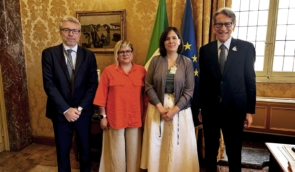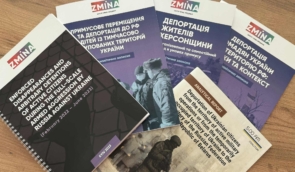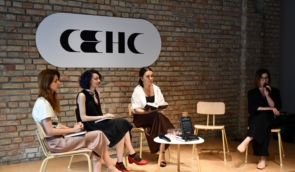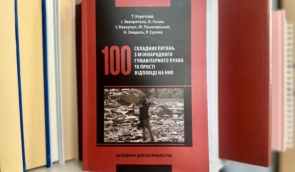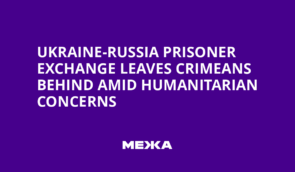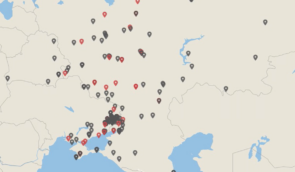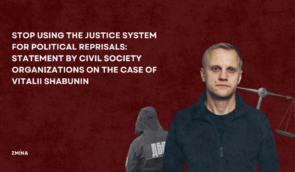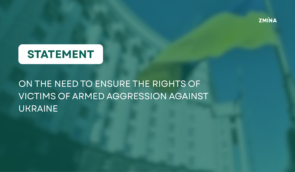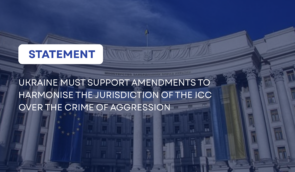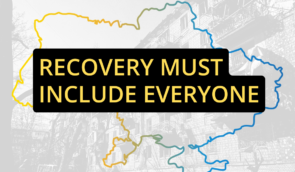Russian methods of persecuting and torturing Ukrainians are the same in all occupied territories — human rights defenders
Representatives of the Russian Federation use the same methods of persecution and torture across all occupied communities of Ukraine. Torture is the Russians’ key tool for obtaining information. In particular, during the occupation of Kupiansk, representatives of the Russian Federation tortured people who were illegally held in the detention center of the district police department by beating and subjecting them to electric shocks.
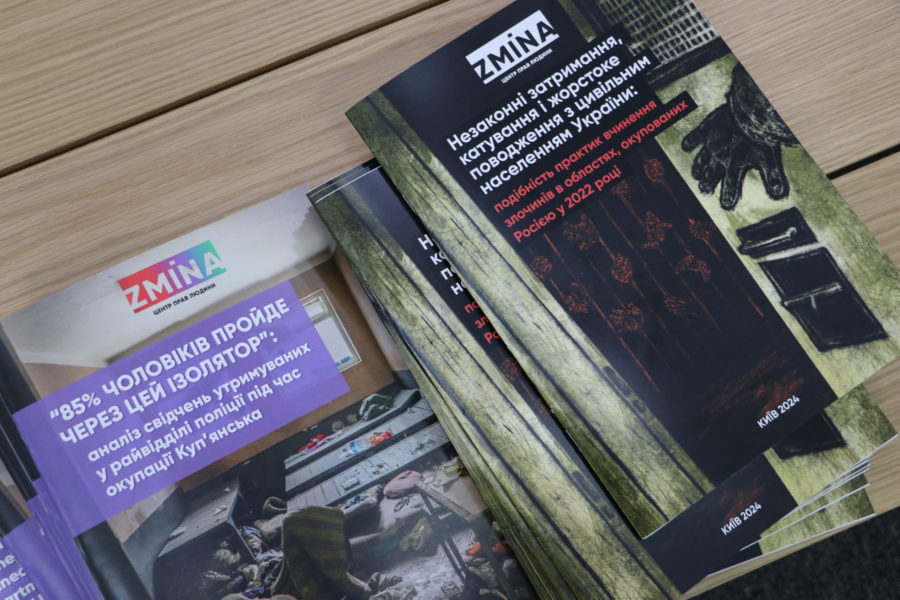
This was reported by representatives of the Human Rights Centre ZMINA on January 17, 2024. During a press conference in Kyiv, they presented two analytical reports on the unlawful confinement of civilians in the detention center of the Kupiansk district police department and on Russian practices of torture in occupied communities.
The report on the Kupiansk detention center is based on the testimony of 30 victims and witnesses.
“The exact information about the number of people held in the detention center during the six-month occupation of the town is unknown. But, according to the estimates of the victims, there were at least 130 victims in the detention center premises at the time of the people’s release, on September 8, 2022,” said Yelyzaveta Sokurenko, head of the war crimes documentation department of the Human Rights Center ZMINA.
Nineteen out of thirty interviewees, including one woman, reported that they had been tortured during interrogations. As Sokurenko said, most often the Russians brutally beat the victims and also subjected them to electric shocks. Human rights defenders are also aware of five cases of sexualized electric shock torture when wires are connected to the genitals.
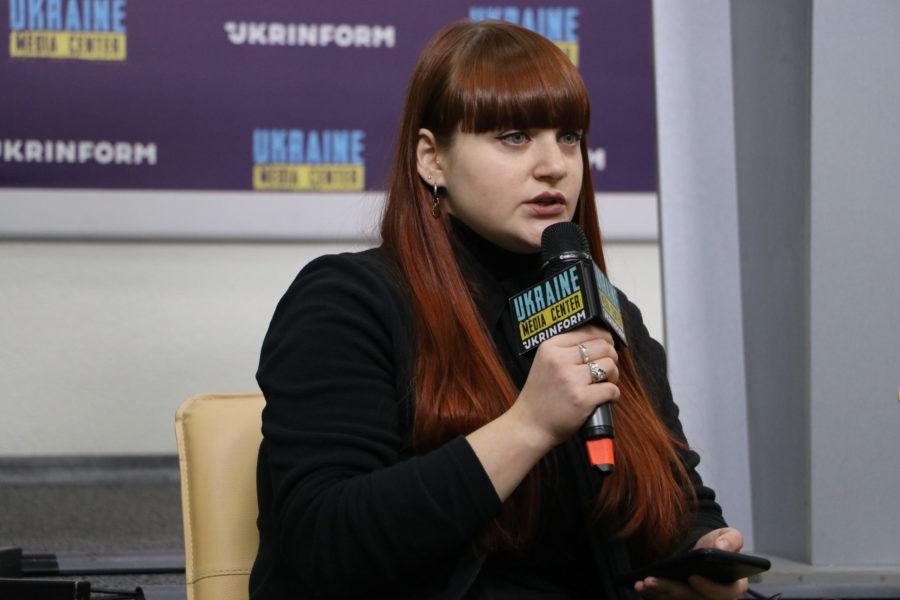 Yelyzaveta Sokurenko
Yelyzaveta SokurenkoPsychological torture such as threats were constant. The Russians threatened to kill or shoot a knee, cut off fingers, pull out nails, cut off an ear, rip off skin. They also threatened that people would be taken to Russia or the so-called “LPR/DPR”.
Sokurenko also considers that the conditions in the detention center may amount to torture because they did not meet the minimum standards of detention: unsanitary conditions, heat, lack of air, lack of hygiene products, lights constantly on, prohibition for new detainees to sleep and punishment for sleeping, poor-quality food in small quantities, lack of drinking water, lack of shower.
“The goal of the Russians is to suppress resistance in the occupied territory. They also forced the detainees to snitch on other residents of the community to weaken the group of people who support Ukraine,” the expert says.
ZMINA analyst and documentator Borys Petruniok noted that the Russians used the same methods of interrogation and torture in all occupied communities of Ukraine. A system of torture chambers is built throughout the occupation, and torture is a key tool for obtaining information.
Such conclusions can be traced in a number of previous thematic reports prepared by the organization.
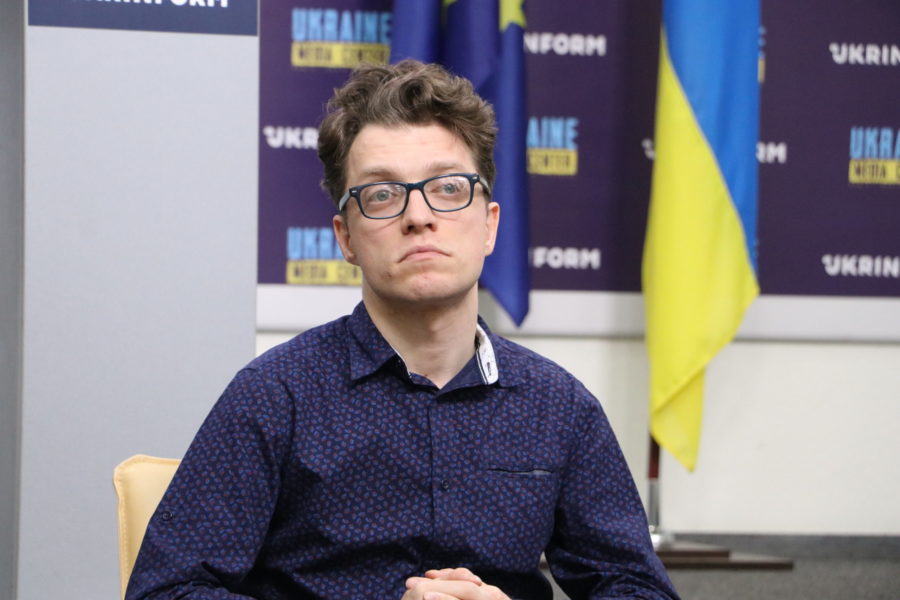 Borys Petruniok
Borys Petruniok“In Kharkiv, Kherson and Zaporizhzhia regions, the so-called torture chambers functioned openly and in an emphatically demonstrative manner. In this way, the Russians intimidated all residents with torture. In addition, ‘filtration’ of the civilian population took place in all occupied territories,” Petruniok said.
He added that, according to the testimonies of the victims, the FSB of the Russian Federation took the leading role in the processes of filtration, detention and torture:
“They act in the same way. Similar methods of interrogation and torture against civilians are used.”
At the same time, according to those interviewed, FSB representatives do their best to avoid being identified: they often wear civilian clothes and balaclavas.
The same methods of interrogation and torture are used in different occupied regions, Petruniok says. There are widespread cases of brutal beatings and electric shock torture. In all places of detention, the representatives of the Russian Federation behaved in a typical manner with the detainees, indicating the involvement of police units or the training of personnel.
Petruniok notes that the collected evidence points to the coordination of the actions of Russian units involved in using torture. It also demonstrates the unity of purpose, goals and tasks of representatives of the Russian Federation in all occupied territories, as well as the systematic and extensive nature of the crime of torture.
As victims say, they have health problems as a result of unlawful confinement, poor conditions and torture: insomnia, frequent dreams about past events, anxiety, panic attacks, etc.
” One victim made a suicide attempt while being held in the Kupiansk detention center. Two more victims told us that they had suicidal thoughts during and after their release. Among the physical consequences for people are severe headaches, weight loss, exacerbation of chronic diseases, knocked out teeth, cardiovascular diseases, and others ,” Sokurenko says.
Human rights defenders point out that not all victims interviewed by law enforcement officers are aware of open criminal proceedings, and some people were not told to undergo all the necessary examinations.
According to Serhiy Bolvinov , head of the Investigative Department of the Main Department of the National Police in Kharkiv Region, 67 people were officially recognized as victims at the hands of the occupiers in the Kupiansk torture chamber, but the police know about the torture used against more than 150 victims aged 16 to 65.
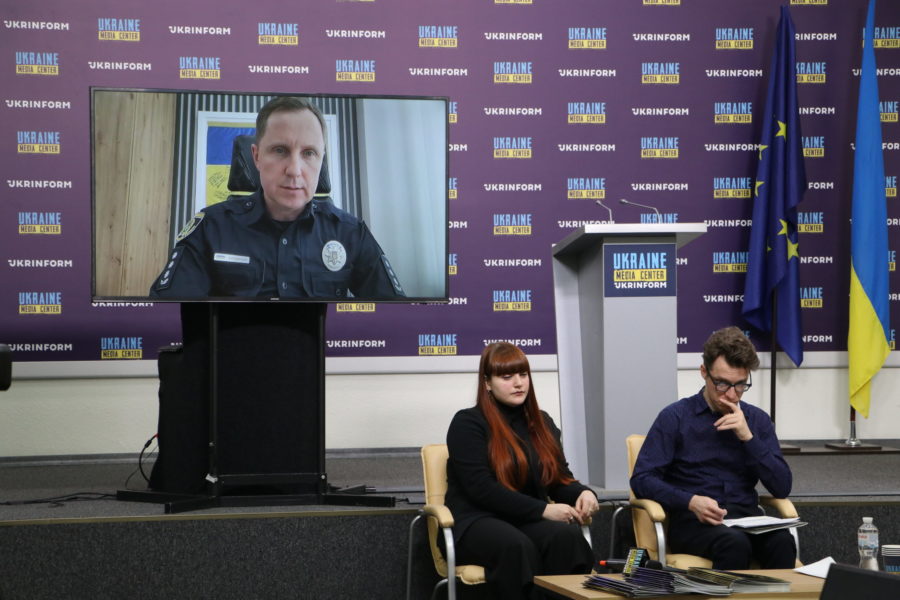 Sergey Bolvinov
Sergey BolvinovBolvinov stressed that it was difficult to investigate such cases because representatives of the Russian Federation constantly hid their faces. But, according to him, the police will bring charges against several people soon.
Reports on the Kupiansk detention center and Russian torture practices .
Video of the press conference here .
If you have found a spelling error, please, notify us by selecting that text and pressing Ctrl+Enter.

